Shigeru Miyamoto, the legendary video game designer widely regarded as the father of some of the most iconic franchises in gaming history, has recently opened up about his plans to gradually step back from hands-on development, particularly with the Mario series. As one of the driving forces behind Nintendo’s global success, Miyamoto’s insights offer a rare glimpse into the evolution of a creative mind who has shaped decades of gaming culture.
A Gradual Shift from Active Involvement
Miyamoto has spent more than four decades at Nintendo, shepherding landmark franchises such as Super Mario, The Legend of Zelda, Donkey Kong, and Pikmin. However, he has now indicated that his direct involvement in game design is becoming increasingly limited. According to statements he has shared, his current role focuses more on providing creative guidance, reviewing early-stage concepts, and shaping the overarching direction of projects rather than actively developing levels or gameplay mechanics.
He humorously mentioned that in the future, he might even refrain from playing the opening stages of a new Mario game, signaling a conscious move away from day-to-day production. This represents a profound change in a career that has been defined by hands-on involvement, illustrating his desire to empower younger teams while maintaining a mentorship role.
Health and Milestones as Motivators
Miyamoto also spoke candidly about his personal goals, emphasizing the importance of maintaining good health as he approaches the next major milestone for Mario: its 50th anniversary. Having dedicated his life to game development, he acknowledges the significance of longevity, both personally and professionally. His comments reflect a balance between his enduring passion for game creation and a realistic understanding of his own limitations as he enters a new phase of life and career.
This perspective underscores how Miyamoto sees his role evolving: less as a direct designer and more as a custodian of Nintendo’s creative legacy. The 50th anniversary of Mario provides a symbolic horizon, a target that aligns his personal well-being with the continued stewardship of the franchise he helped create.
Implications for Nintendo and the Mario Franchise
Miyamoto’s transition has several notable implications for Nintendo and the future of the Mario series:
1. Leadership Evolution: As Miyamoto steps back, a new generation of developers is assuming greater responsibility for maintaining the quality and creativity of Nintendo’s flagship franchises. This ensures that Mario and other series can continue to evolve while remaining true to the foundational principles Miyamoto established.
2. Creative Continuity vs. Innovation: While Mario’s core gameplay mechanics—platforming, exploration, and whimsical design—remain central, Miyamoto’s reduced involvement creates room for fresh perspectives. New directors and designers can experiment with mechanics, narrative elements, and visual styles, potentially introducing innovative gameplay while honoring the series’ legacy.
3. Strategic Brand Positioning: The approach aligns with long-term planning for Mario’s 50th anniversary, offering Nintendo a structured timeline to refine its franchise strategy. By gradually shifting responsibilities, the company can balance tradition with innovation, ensuring Mario remains relevant in a rapidly evolving gaming market.
Miyamoto’s Enduring Legacy
Miyamoto’s contributions to gaming are monumental. From pioneering the side-scrolling platformer with Super Mario Bros. to redefining 3D exploration in The Legend of Zelda: Ocarina of Time, his influence permeates both industry standards and popular culture. His announcement of stepping back should not be seen as a retreat but rather as a strategic pivot that allows the next generation of Nintendo talent to flourish under his mentorship.
By framing his future involvement as guidance rather than direct execution, Miyamoto reinforces the sustainability of Nintendo’s creative ecosystem. The company benefits from his experience and vision while encouraging innovation from younger teams—a balance critical for any long-standing creative organization.
What Fans and Industry Observers Can Expect
- New Mario Titles: Future Mario games will likely continue to carry Miyamoto’s influence in design philosophy, but emerging talent may introduce novel mechanics, storylines, or presentation styles.
- Innovation Opportunities: Miyamoto’s step back opens space for experimentation within the franchise, which could include gameplay innovations, new genres, or expanded cross-media experiences.
- Mentorship and Oversight: While he may not design levels or characters directly, Miyamoto’s role as a mentor ensures that quality and creative vision remain high, even as new voices shape the series.
- Long-Term Planning: Nintendo’s approach appears carefully calculated, allowing both continuity and growth as the franchise approaches a major milestone.
Looking Forward
Shigeru Miyamoto’s gradual withdrawal from hands-on development is both a personal and professional evolution. For fans, it marks a moment to reflect on the enduring impact of his creations, from the simple joy of jumping on Goombas to the sprawling adventures of Hyrule. For Nintendo, it signals a transition toward new leadership while maintaining a strong connection to the creative philosophy that has defined its success.
As Mario approaches its 50th anniversary, the franchise is poised for a new era—one that honors its past while embracing the ideas and innovations of a new generation of designers. Miyamoto’s ongoing mentorship and strategic oversight will likely continue to shape the games we love, even if his hands are no longer on the controls.

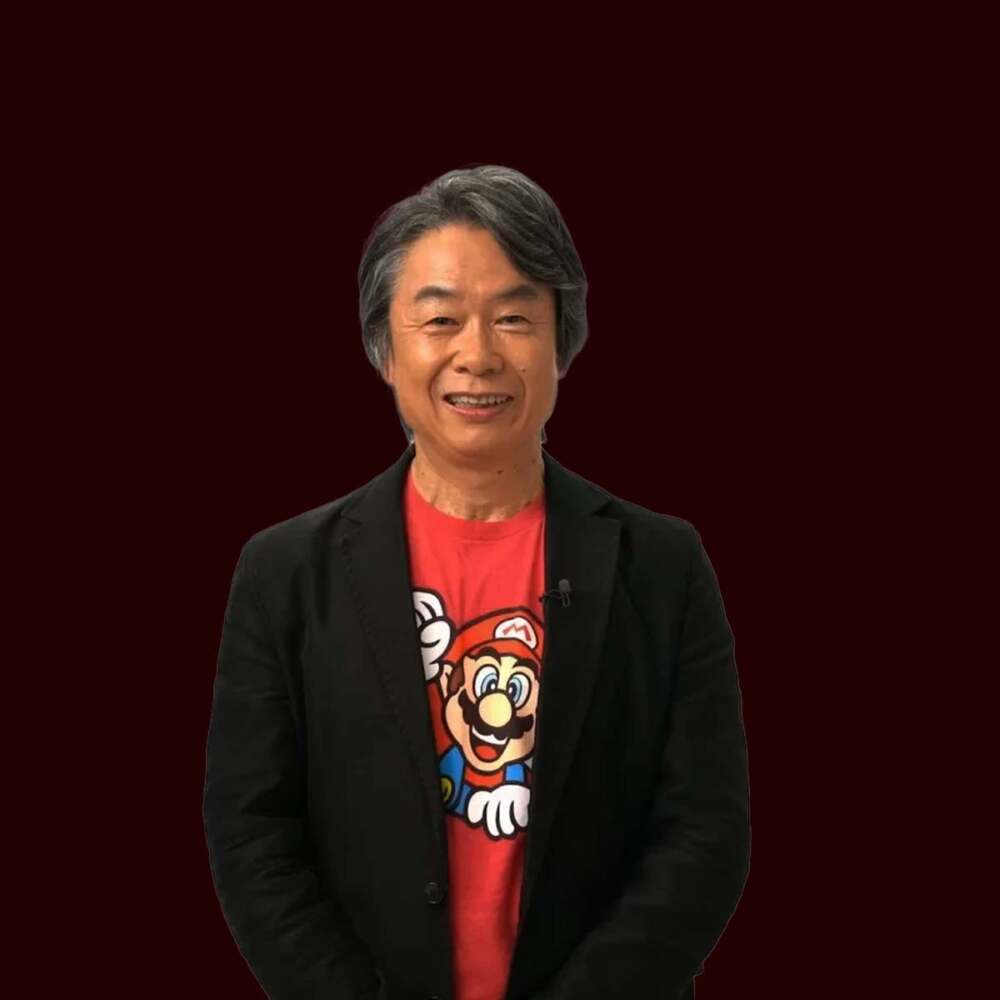


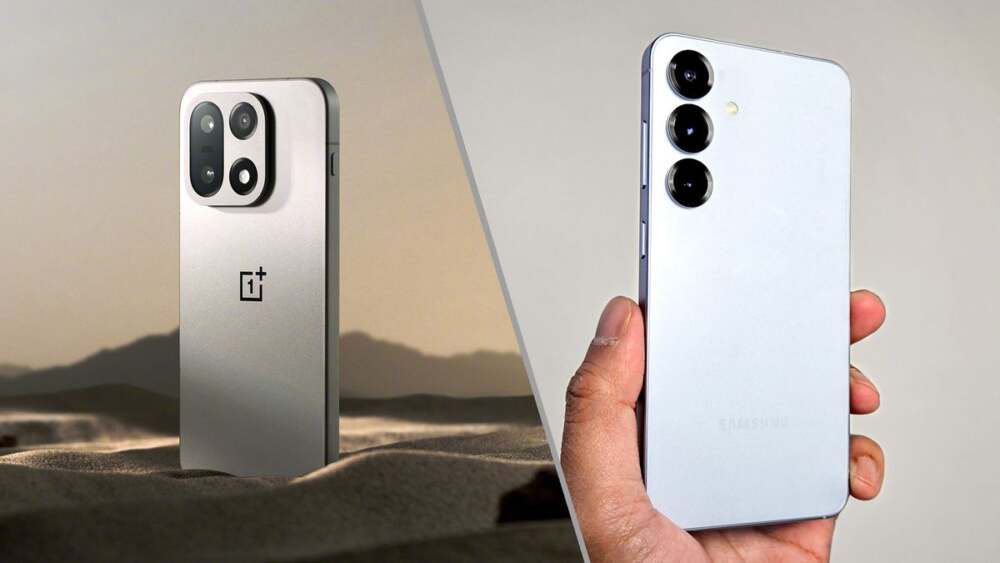

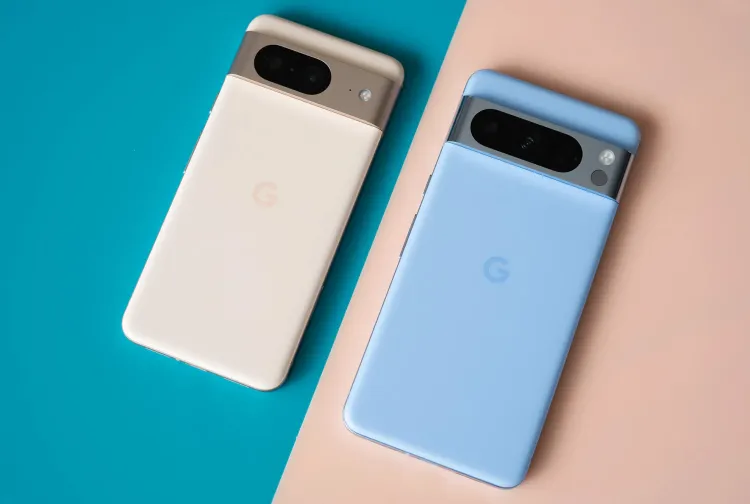
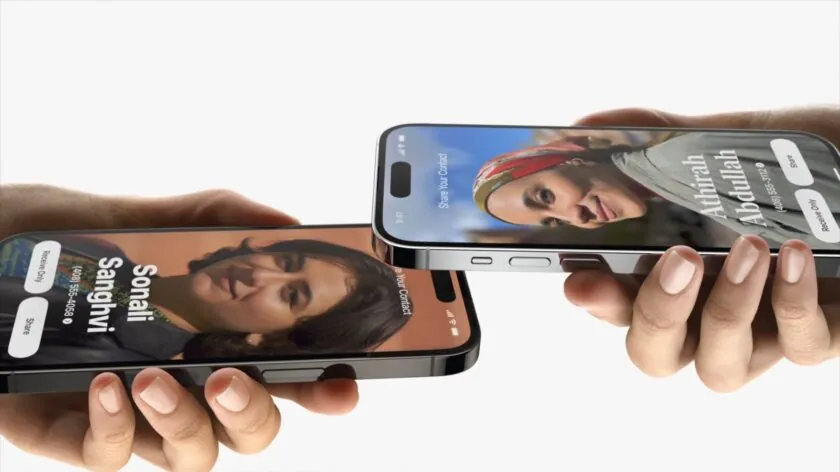

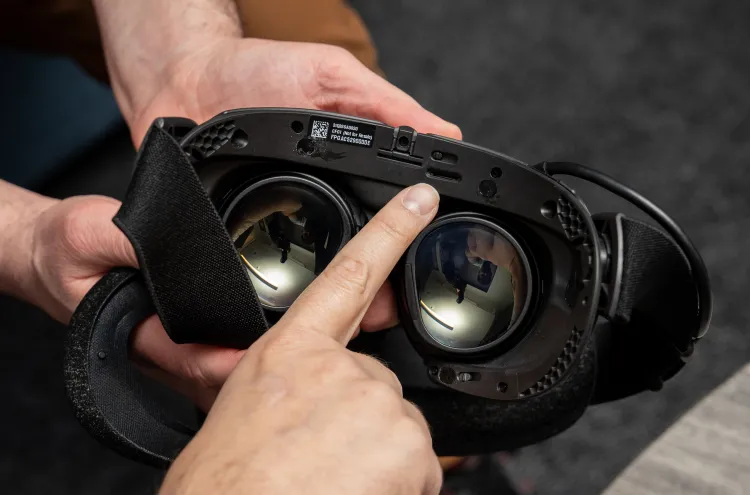

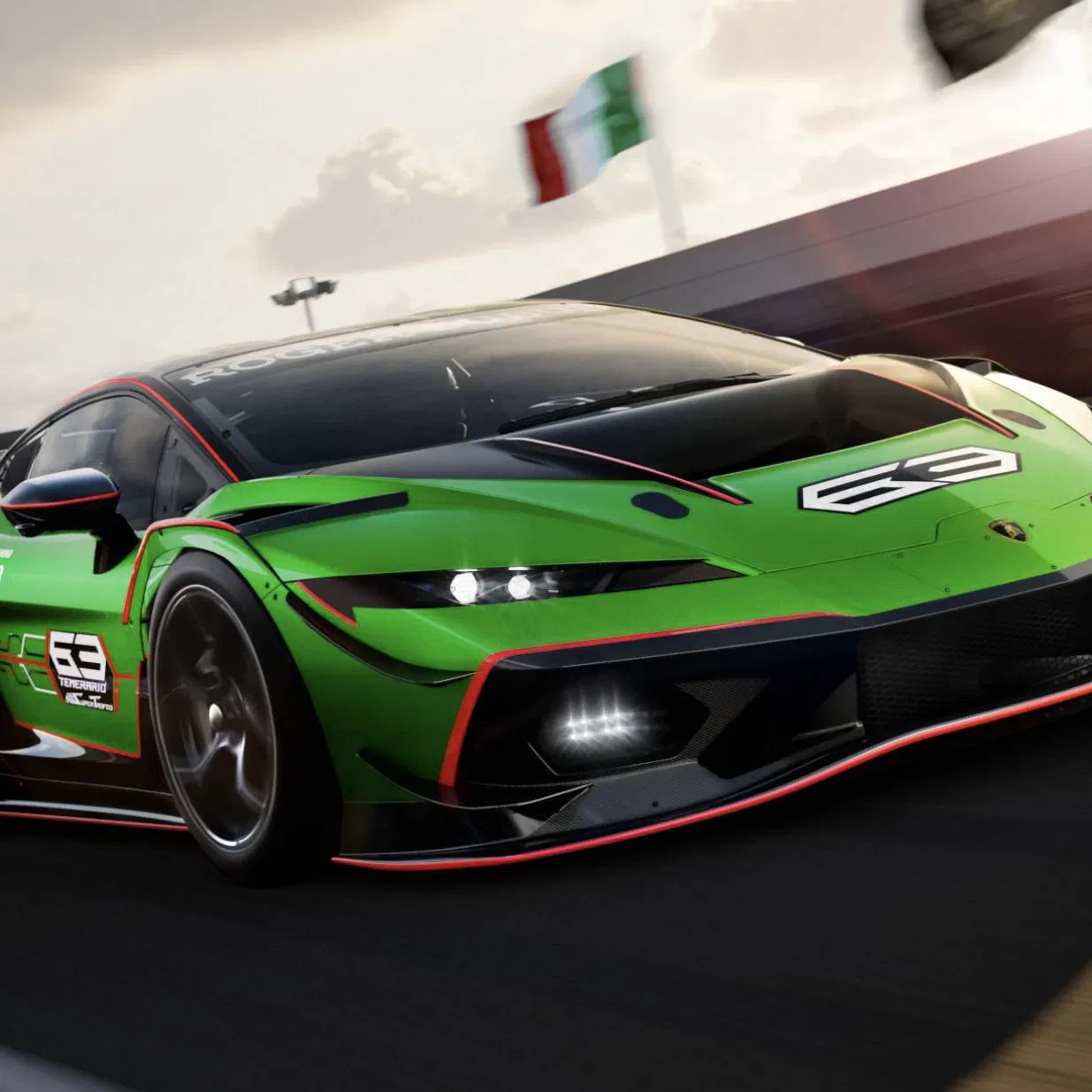
Leave a Reply